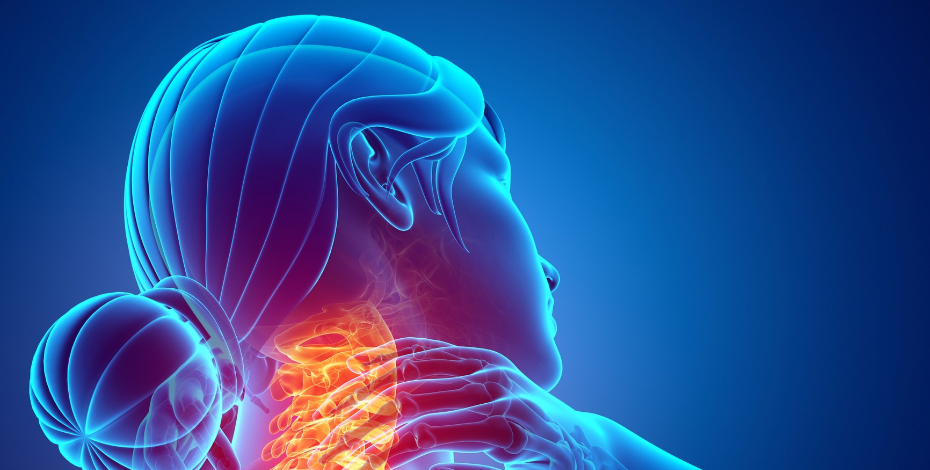Define Cervical Radiculopathy
A pinched nerve in the neck is generally referred to as cervical radiculopathy. In this condition, nerves emanating from the spine become irritated, creating pain that radiates from neck to shoulder.
The main issue, despite the pain in the arm, and rises in the neck, is the region of cervical radiculopathy. Seven vertebrae are stacked vertically in the cervical region of the neck. Each vertebra has space that encompasses the bundle of nerves in it. Pressure on nerves also creates impairment in Body movements.
When pressure is detected on nerves, it can create pain and other mobility impairment issues. Better to seek treatment with the best Neurosurgeon in Ludhiana.
Signs of Pinched Nerve in Neck
Radiculopathy can go from mild to severe. The affected nerve roots are the prime location of pain origination for this problem. There are three major types of radiculopathy:
~ Cervical Radiculopathy: When pressure on nerves occurs in the neck. It can lead to feelings of numbness and a burning and tingling sensation. Loss of feeling in shoulder, arm, hand and finger.
~ Thoracic Radiculopathy: Pinched nerve occurs in the upper back region of the spine. Results pain in chest and torso. It is uncommon and might be mistaken for shingles.
~ Lumbar Radiculopathy: It is characterised by pressure on the nerve root and develops in the lower back. According to a top Neurologist in Punjab, it can create hip pain and sciatica, and in severe cases, it can cause sexual dysfunction and paralysis. It can further lead to the problem of Lumbar Spinal Stenosis.
Signs related to pinched nerves can vary due to the type of radiculopathy, from affecting different areas of arms, back and leg.
Causes of Cervical Radiculopathy
Signs of Cervical Radiculopathy are mostly observed in middle-aged people, and its causes are followed.
> Disc Problems: Bulging and Slipped discs are the most common factors.
> Age-related Wear and Tear: As we age, the spine goes under age-related wear and tear. In this case, exit spaces for the nerves leaving the spine become narrow.
> Loss of Alignment and Neck Instability: Issues related to lack of assignment & neck instability play significant roles.
> Other Causes: This category includes fractures, tumours and infections.
Who is at Major Risk
Numerous health issues arise as people age. Radiculopathy usually affects people aged between 30 to 40. People of these ages need to consult with a renowned Neurosurgeon in Ludhiana if they are suffering from chronic back pain illness. Spinal abnormalities and poor posture are the most common factors of Cervical Radiculopathy. Pregnant women face elevated risks of Cervical Radiculopathy.
Diagnosis of Cervical Radiculopathy
Before diagnosis, doctors will gather complete information about the patient. This information can include patient medical history, family background and more. A comprehensive physical examination will be conducted, encompassing an assessment of neck, shoulder and hand issues. The patient may be asked to perform certain activities to showcase the muscle weakness and assess the sensation of reflex in muscles.
In addition, other tests following diagnostic tests are also employed, such as:
> X-rays: These are used to detect vertebral openings or disk injuries.
> CT Scans: It provides a detailed image of the cervical spine, offering deeper insight into the spine.
> MRI: This technique is used to identify potential damage to nerve roots or soft tissues.
> Electromyography: This technique provides valuable insight into muscle movements from rest to contraction duration.
If you are experiencing signs of Cervical Radiculopathy or prolonged pain in your back, then don’t worry, seek the best treatment from an experienced Neurologist in Punjab at Neuro Life Brain and Spine Center.



